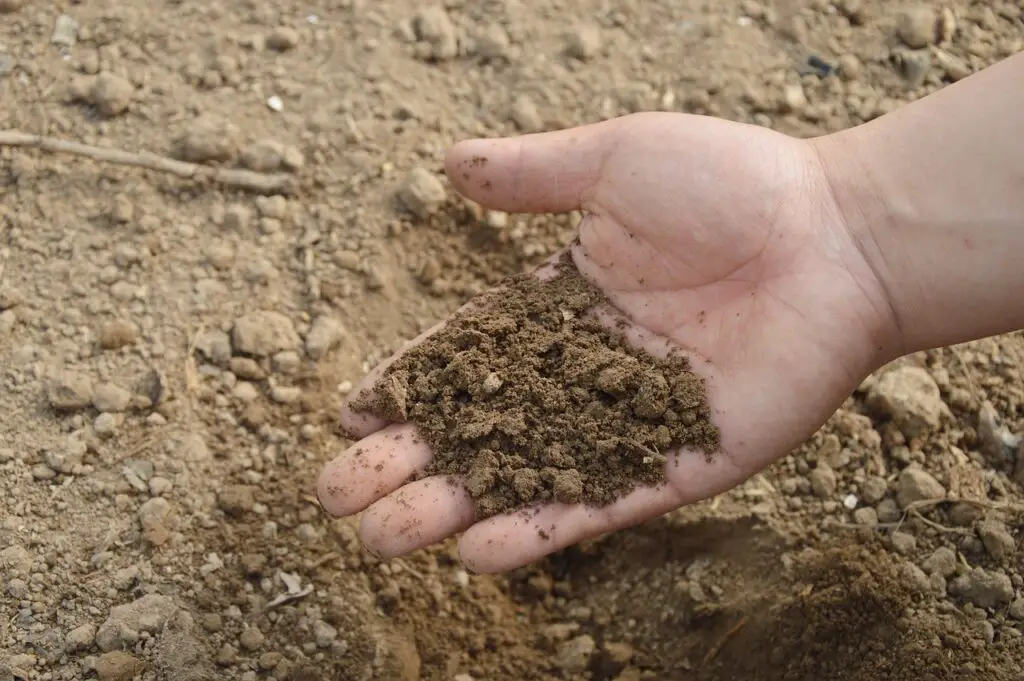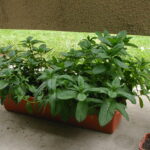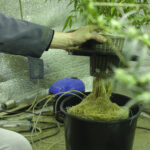Alluvial soil is a type of fertile soil that is created by the deposition of sediments carried by rivers and streams. This sediment is deposited in riverbeds, floodplains, and deltas, forming rich layers of soil that are highly suitable for agriculture. Let’s delve deeper into what alluvial soil is, how it is formed, and its key characteristics.
Definition of Alluvial Soil
Alluvial soil is a fine-grained fertile soil deposited by water flowing over floodplains or in riverbeds. It is composed of a variety of materials including silt, clay, sand, and gravel, which are carried along by river currents and deposited in areas where the water flow slows down. This type of soil is typically found in regions with a long history of river activity, such as river valleys and deltas.
Formation of Alluvial Soil
The formation of alluvial soil is a continuous process driven by the movement of water. As rivers and streams flow, they erode the land and carry along particles of rock and organic matter. When the velocity of the water decreases, these particles settle out of the water and accumulate in layers. This can occur during events like floods, where rivers overflow their banks and spread out across the surrounding land, leaving behind rich deposits of sediment.
Characteristics of Alluvial Soil
Alluvial soil has several distinguishing characteristics that make it highly valuable for agriculture:
Fertility: Alluvial soils are typically rich in nutrients, including minerals and organic matter, making them ideal for growing crops. The constant deposition of new sediments replenishes the nutrients, maintaining the soil’s fertility over time.
Texture: The texture of alluvial soil can vary depending on the composition of the sediment. It can range from sandy and coarse to silty and fine. This variation allows for a diversity of crops to be grown, as different plants thrive in different soil textures.
Water Retention: Alluvial soil generally has good water retention capabilities, which helps in maintaining soil moisture levels crucial for plant growth. However, the specific water retention capacity can vary based on the proportion of sand, silt, and clay present.
Drainage: Due to its layered structure and varied texture, alluvial soil often has good drainage properties. This helps prevent waterlogging, which can be detrimental to many crops.
Location: Alluvial soils are commonly found in river valleys, floodplains, and deltas. These areas are often characterized by flat terrain and are typically regions of intensive agricultural activity due to the soil’s fertility.
Importance of Alluvial Soil
The fertility and favorable physical properties of alluvial soil make it a cornerstone of agricultural practices around the world. Regions with extensive alluvial deposits, such as the Indo-Gangetic plain in India, the Nile Delta in Egypt, and the Mississippi River Valley in the United States, have been historically significant for agricultural production.
Alluvial soil is a vital natural resource formed by the deposition of river-borne sediments. Its fertility, varied texture, good water retention, and drainage properties make it ideal for agriculture. Understanding the characteristics and formation of alluvial soil helps in appreciating its role in supporting human civilization through food production and sustainable agriculture.
Uses of Alluvial Soil
Alluvial soil’s fertility and versatility make it highly valuable for a range of agricultural and non-agricultural uses:
Agriculture: The primary use of alluvial soil is in agriculture. Its nutrient-rich composition supports the cultivation of a wide variety of crops, including cereals (like wheat, rice, and maize), vegetables, fruits, and cash crops such as cotton and sugarcane. Regions with extensive alluvial soil deposits are often referred to as “breadbaskets” due to their high agricultural productivity.
Horticulture: The fine texture and good water-holding capacity of alluvial soil make it suitable for horticulture. It supports the growth of flowers, ornamental plants, and nurseries, contributing to both commercial and recreational gardening.
Forestry: Alluvial soil areas can also support forestry practices. The soil’s fertility helps in the growth of various tree species, which can be used for timber, fuelwood, and other forest products.
Construction: In some regions, alluvial soil is used in construction activities. Its fine-grained texture makes it suitable for making bricks and other building materials.
Aquaculture: Floodplains and deltas with alluvial soil can also support aquaculture. Ponds and water bodies created in these areas benefit from the nutrient-rich sediment, promoting the growth of fish and other aquatic organisms.
Challenges and Management of Alluvial Soil
While alluvial soil is highly beneficial, it also presents certain challenges that need to be managed to maintain its productivity and sustainability:
Soil Erosion: Alluvial soils, especially those in floodplains, are prone to erosion due to water flow. Managing soil erosion through practices like planting cover crops, constructing terraces, and maintaining vegetation along riverbanks is crucial.
Flooding: The areas where alluvial soils are found are often subject to flooding. While flooding can replenish nutrients, it can also cause damage to crops and infrastructure. Effective flood management strategies, such as the construction of levees and proper drainage systems, are essential.
Salinity: In some regions, especially in deltas, alluvial soils can suffer from salinity issues due to the mixing of freshwater and seawater. This can negatively impact crop growth. Implementing proper irrigation practices and selecting salt-tolerant crops can help mitigate this problem.
Sustainable Agriculture: Ensuring the long-term productivity of alluvial soil requires sustainable agricultural practices. Crop rotation, organic farming, and the use of green manures can help maintain soil health and fertility.
Examples of Regions with Alluvial Soil
Indo-Gangetic Plain: Spanning across northern India, Pakistan, and Bangladesh, this region is one of the world’s most extensive and fertile alluvial plains. It supports the livelihoods of millions of people through intensive agriculture.
Nile Delta: Located in Egypt, the Nile Delta has been a center of agricultural activity for thousands of years. The annual flooding of the Nile River historically deposited nutrient-rich silt, supporting the growth of crops in this arid region.
Mississippi River Valley: In the United States, the Mississippi River Valley is known for its rich alluvial soil, which supports diverse agricultural activities, including the cultivation of corn, soybeans, and cotton.
Yangtze River Delta: In China, the Yangtze River Delta is a major agricultural and economic hub. The fertile alluvial soil in this region supports the production of rice, vegetables, and other crops.
Alluvial soil is a vital natural resource that has played a significant role in the development of human civilizations by supporting agriculture and food production. Its unique formation process and beneficial characteristics make it one of the most productive soil types. However, managing the challenges associated with alluvial soil, such as erosion and flooding, is essential to maintain its fertility and ensure sustainable agricultural practices. Understanding and appreciating the importance of alluvial soil can help in its conservation and optimal use for future generations.






